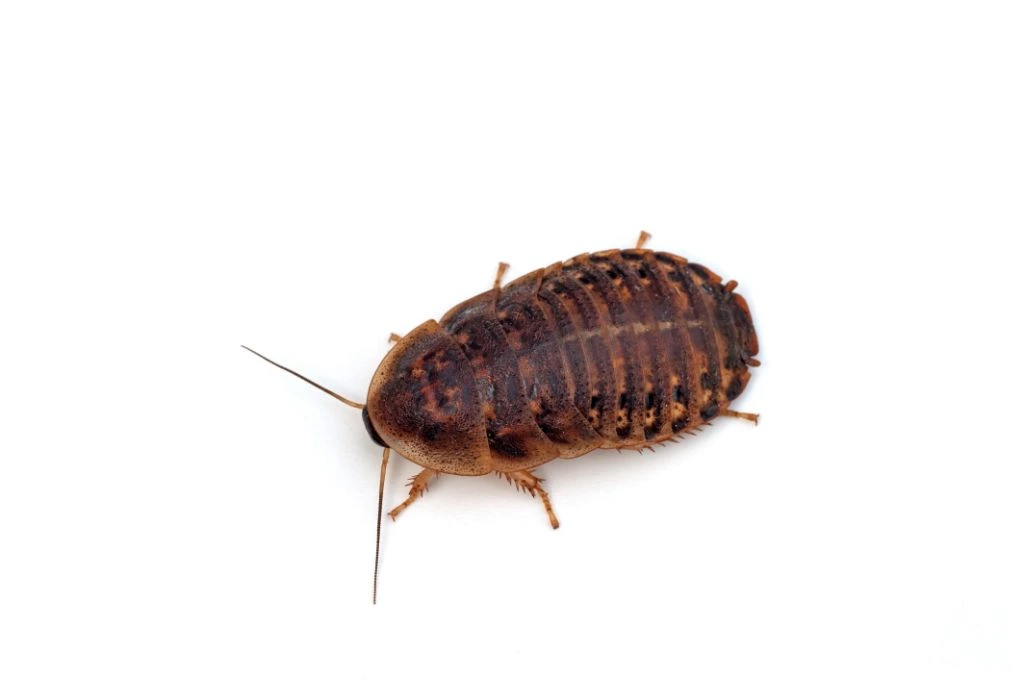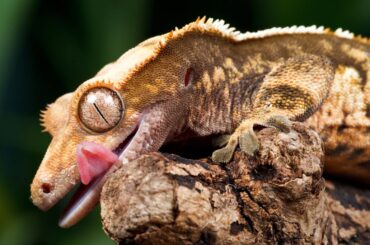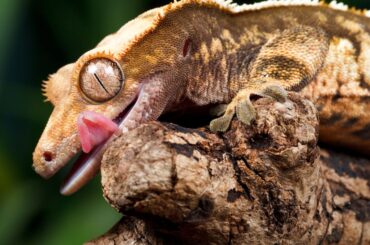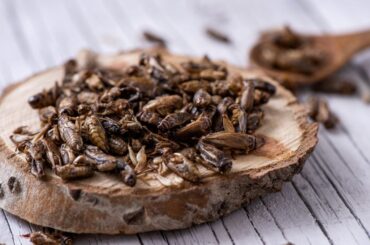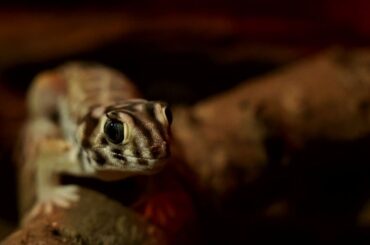As Dubia roaches are insects, leopard geckos can eat them. Some enjoy them a lot. They’re also well-recommended because they provide good nutrients and are easy for the geckos to eat. To get all the nutrients and conveniences from these insects, however, you should first learn a few things from this article.
Can Leopard Geckos Eat Dubia Roaches?
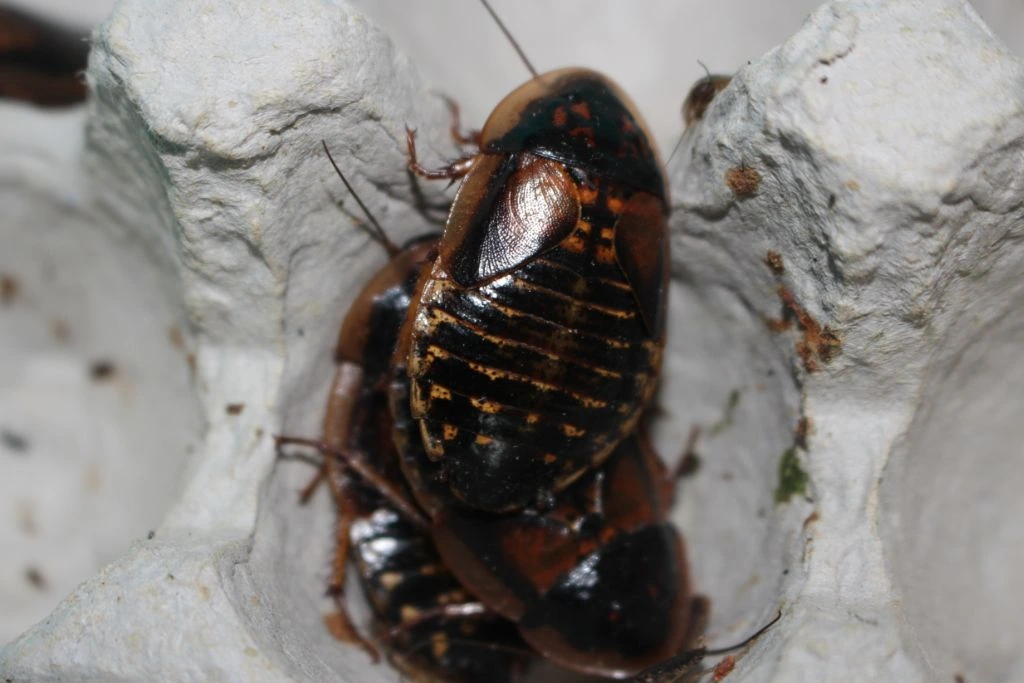
Dubia roaches are a type of cockroach scientifically known as Blaptica dubia. They are bred in the pet industry as a live feed or feeder insects for insectivores. As leopard geckos are insectivores, they can eat Dubia roaches, which are highly recommended.
Are Dubia Roaches Good and Healthy for Leopard Geckos?
Dubia roaches for leopard geckos are recommended because of its health benefits. That doesn’t mean Dubia roaches are the perfect food for them.
Pros
- Nutritious: Cockroaches are rich in protein yet low in fat, which reduces risk of obesity. Also, proper gut-loading of the roaches ensures that other nutrients, such as vitamins and minerals, are passed on to them.
- Live food: Some geckos will not eat the provided food if it is not moving or dead.
- Easy catch: Dubia roaches are an easy catch for leopard geckos as they are slow, and the males cannot fly, even if they have wings.
- Easy to eat and digest: As Dubia roaches have less chitin, their bodies are softer and thus easier to eat and digest.
- No odor: Unlike other insects, these roaches don’t give off a foul smell that can put off visitors or housemates.
Cons
- Lack calcium: Although Dubia roaches have more calcium than other feeder insects, it is often not enough for the leopard geckos. But there’s a quick fix: place the cockroaches in a bag with calcium-rich supplement powder, shake them, and then give the insects to the geckos. Choose supplement powder with other vitamins and minerals to sneak in other essential nutrients.
- Relatively expensive: Compared to mealworms and crickets, Dubia roaches are typically harder to find and relatively more costly. Consider breeding them yourself. Over time, it’s cheaper, and you’re assured that they are fed well, which is crucial for your gecko’s health.
- Hard to find: Young leopard geckos need smaller Dubia roaches, which can be hard to find. If you can’t find roaches small enough, it’s best to stick to worms and larvae instead as a precaution.
- Icky: Some people are uncomfortable handling roaches and giving them to their geckos as food.
How to Feed Dubia Roaches to Leopard Geckos?
Here are a few tips for feeding Dubia roaches to your leopard geckos:
- Gut load the roaches: Gut loading is done by feeding the insects nutritional food, such as vegetables, fruits, and grains, 12 hours to a day before giving them to the geckos. These nutrients are passed on to the geckos, who don’t eat plants and, as such, have difficulty getting such essential nutrients anywhere else. But avoid gut loading with citrus fruits and pet food, as they’re not suitable for geckos.
- Roaches should not be longer than the space between their eyes: Although the recommended size of Dubia roach is indicated below, it’s more practical and easier to eyeball it. This helps avoid health issues for your gecko, such as choking.
- Dust with nutrient-rich powder: It is recommended to shake roaches in a bag containing supplement powder to fulfill nutrient requirements. You can also put some powder on a dish and place it inside the gecko’s tank.
- Mix and match insects: For a more balanced diet, do not feed leopard geckos only Dubia roaches. You should provide them with other live insects, such as mealworms and crickets.
- Two roaches per inch of body length: As an example, if you have a 3-inch leopard gecko, you should feed them 6 Dubia roaches every day, not every meal.
- Provide roaches one or two at a time: Do not release all roaches in the gecko tank simultaneously. Instead, give them the roaches one at a time to avoid food waste and ensure there won’t be extra insects that could bite them when left uneaten.
- Schedule feeding time late day or early evening: In the wild, this is the time leopard geckos usually eat, so following such a schedule mimics their natural habits. However, this might not apply to all.

How Often Can You Feed Dubia Roaches to a Leopard Gecko?
If they are still at a juvenile stage or younger, you can feed your leopard gecko Dubia roaches daily. They need more nutrients than adults as they grow, requiring vitamins and minerals. But that should not be their only source of food.
Feeding your leopard gecko with other insects, like worms and crickets, would be best. Every insect provides a unique set of nutrients, so the more varied your gecko’s diet is, the more nutrients they get and the more balanced they are.
For adult leopard geckos, they should be fed every other day only. Otherwise, you might overfeed them, which can lead to various health issues, such as the following:
- Obesity
- Lethargy
- Stomach impaction
- Fatty liver disease
- Organ stress
How To Store Dubia Roaches for Leopard Gecko
It’s impractical to run to the pet store every time you need roaches, so here’s how to store them:
- Keep them in an opaque storage tote or bin. These materials are typically made of smooth plastic, which makes it harder for the roach to climb out and escape. Ensure ventilation so the roaches’ food won’t mold inside.
- Provide hiding and climbing areas. As you keep live insects, you must keep them active and alive. Reuse carton boxes to create hiding and climbing spaces for them. Ensure they don’t reach the top so the roaches can’t escape.
- Keep them at 70 to 90 degrees F. Dubia roaches thrive in warmer environments, so maintain these temperatures in the space you store them in.
- Provide food and hydration. Dubia roaches eat various vegetables, grains, and fruit. Those shall also serve as their source of hydration, so choose moist ones. If you place a water dish in their storage box, they’ll drown in it. Also, remove leftovers before they rot or mold.
Can You Leave Dubia Roaches in a Leopard Gecko Tank?
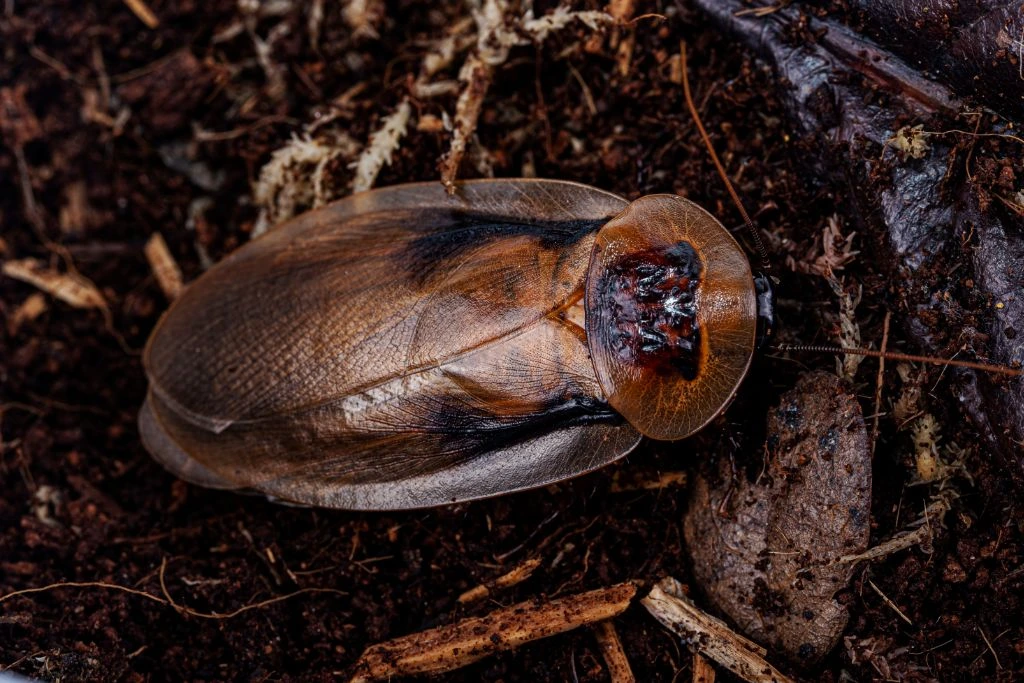
You cannot leave Dubia roaches in a leopard gecko tank. Unlike other animals, leopard geckos often don’t overeat. They tend to leave behind the remaining food or live insects when they’re full. That’s a problem because live insects in the tank can bite or chew on their skin.
Other Foods You Can Feed Your Leopard Gecko
You can feed geckos other insects they typically eat in the wild and that are rich in their needed nutrients. Some of them, such as larvae and mealworms, are also small enough to be more suited for younger geckos. Most of them, such as worms, crickets, and larvae, are easily available in pet stores or suppliers.
- Crickets
- Worms (super worms, hornworms, calciworms, waxworms, mealworms, silkworms)
- Scorpions
- Centipedes
- Beetles
- Small locusts
- Insect larvae
Sources
- Wikipedia: Blaptica dubia
- Global Biodiversity Information Facility: Blaptica dubia Serville, 1838
- Top Flight Dubia: LEOPARD GECKO CARE & FEEDING
- Petco: Leopard Gecko Care Sheet
- PetMD: Leopard Gecko – Eublepharis macularius
- TopFlight Dubia: HOW TO STORE DUBIA ROACHES
- Reptile Supply: Frequently Asked Questions – FAQ Dubia Roaches
- Animalia: COMMON LEOPARD GECKO
- RSPCA: Leopard gecko

